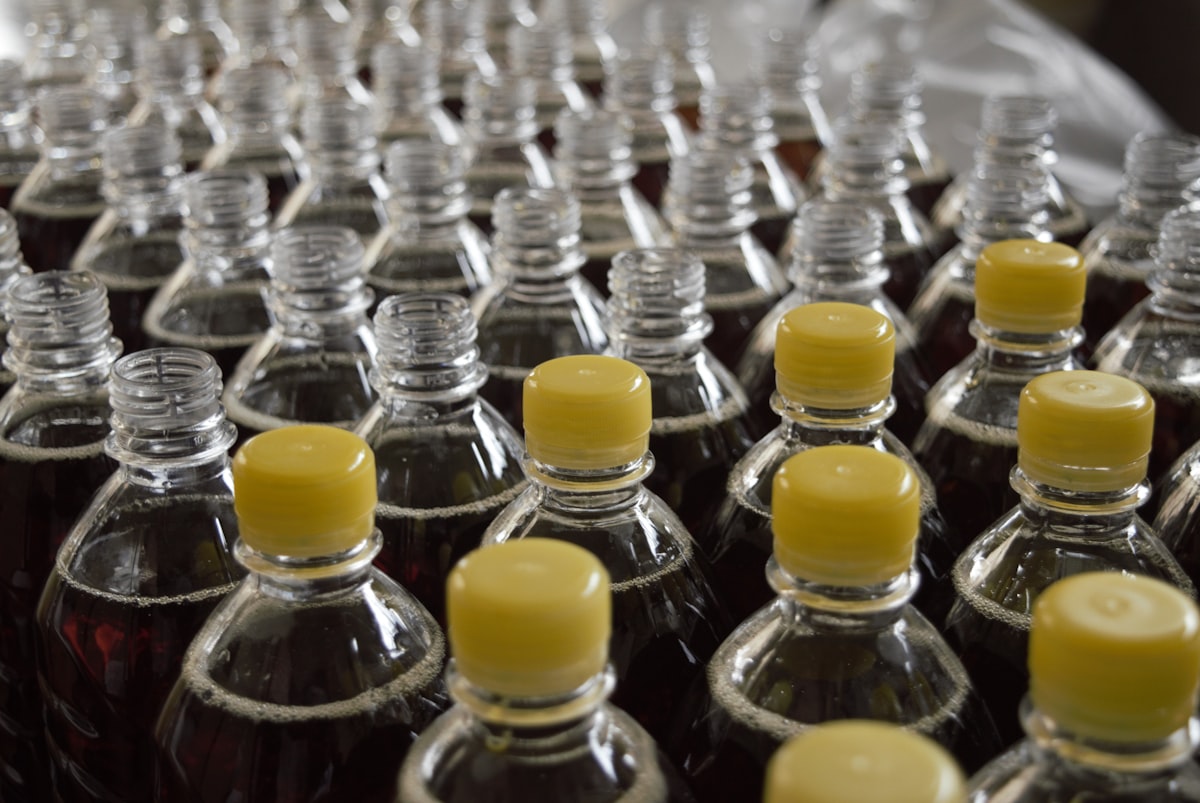Myths and legends about packaged food and drink
Food is a field full of myths because of its relevance to human health. Explore some topics about food packaging commonly found in science and fiction.

Food is a field full of myths because of its relevance to human health. Explore some topics about food packaging commonly found in science and fiction.


Mexico's fight against human trafficking is hampered by a lack of specialized training for investigators, particularly in "psychology of testimony," says UNAM expert. This deficiency leads to contaminated evidence and hinders justice for victims.

Soil: not just dirt! Vital for food, water, and fighting climate change, says UNAM expert. Over-farming and deforestation are killing it. We need to cherish soil or face a planet-sized disaster.

Mexico's sugarcane industry thrives through remarkable cooperation between growers, millers, and industrialists, boosting yields and contributing to food sovereignty. Their success includes social security for all workers and innovation in producing sugar, biofuels, and rum.

In 1968, the Mexican army besieged Ciudad Universitaria, arresting 1,500+ students, teachers, and staff. 10,000 troops targeted the National Strike Council (CNH). The operation, involving the Olimpia Battalion and DFS (political police), led to imprisonment and disappearances.